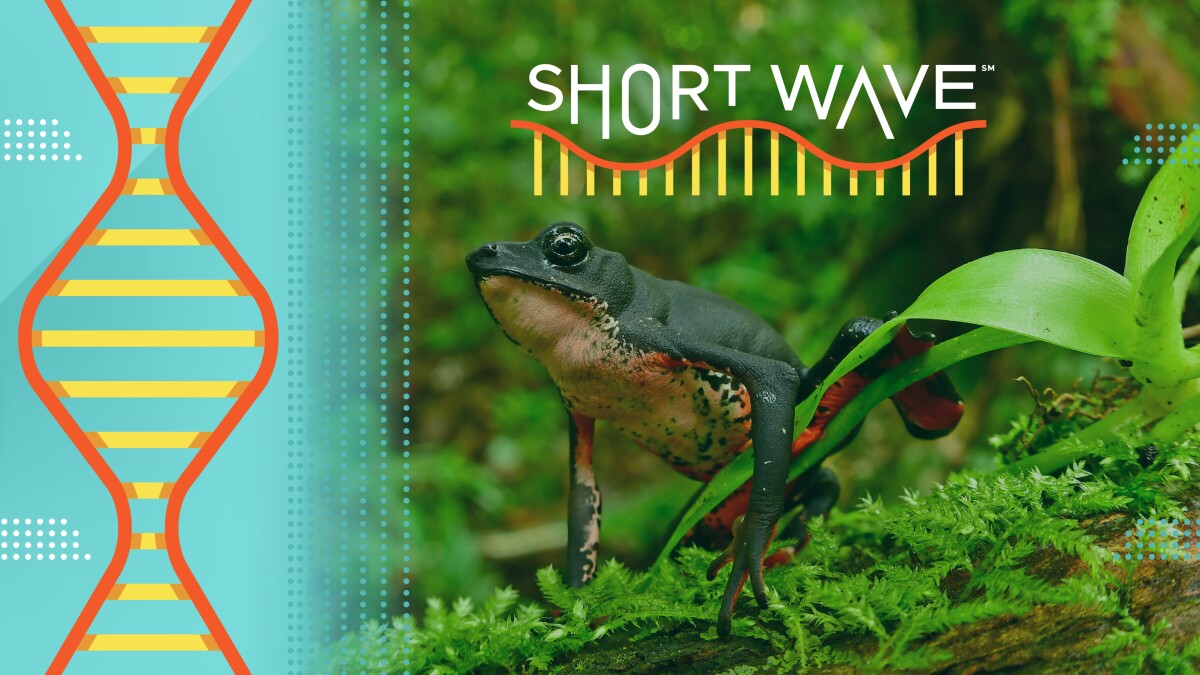Trapped in the Scroll Hole: Why Your Brain Can't Stop Consuming Doom and Gloom
Science
2025-04-13 21:00:00Content

In the intricate dance of human survival, our brains have been finely tuned by evolution to be hypervigilant about potential threats. This deeply ingrained survival mechanism, which once protected our ancestors from immediate dangers, now seems to be working overtime in our modern world of constant information.
Imagine our prehistoric predecessors scanning the horizon for predators or signs of impending danger. Their ability to quickly detect and respond to negative signals meant the difference between life and death. Fast forward to today, and this same neurological wiring continues to shape how we process information, particularly through media and digital platforms.
Our brains are essentially hardwired to give more weight to negative news. Psychologists call this the "negativity bias" - a cognitive tendency that makes us more sensitive to and likely to remember unpleasant information. In the age of 24/7 news cycles and social media, this evolutionary trait can have profound implications for our mental and physical well-being.
Constant exposure to distressing news triggers our stress response, releasing cortisol and adrenaline. While these hormones were once crucial for immediate survival, prolonged activation can lead to chronic stress, potentially impacting our immune system, cardiovascular health, and overall mental state.
Understanding this biological predisposition is the first step in managing our information consumption. By becoming aware of how our brains process negative information, we can develop healthier strategies for staying informed without becoming overwhelmed.
The challenge lies in balancing our innate survival instincts with the need for emotional and psychological well-being in an increasingly complex, information-saturated world.
Decoding the Psychological Minefield: How Negative News Rewires Our Brain and Health
In an era of constant digital bombardment, our ancestral survival mechanisms are being hijacked by a relentless stream of negative information. The human brain, evolutionarily designed to prioritize threat detection, finds itself trapped in a perpetual state of heightened alertness, consuming media narratives that trigger deep-seated psychological responses.Unraveling the Neurological Impact of Persistent Negative Information Consumption
The Evolutionary Roots of Threat Perception
Our prehistoric ancestors survived by maintaining an acute awareness of potential dangers. This neurological adaptation, which once protected humans from immediate physical threats, now operates in a complex digital landscape. Modern media exploits these primitive neural pathways, bombarding individuals with sensationalized content that triggers stress responses. Neurological research reveals that constant exposure to negative news activates the amygdala, the brain's emotional processing center, generating sustained physiological stress reactions that can dramatically alter neural connectivity and hormonal balance. Neuropsychologists have discovered that repeated exposure to threatening information creates persistent cortisol elevation, potentially compromising immune system functionality and long-term mental health. The brain's plasticity means these repeated exposures can fundamentally reshape cognitive processing, making individuals more susceptible to anxiety and depressive states.Psychological Mechanisms of Information Absorption
Cognitive scientists propose that humans possess an inherent psychological mechanism called "negativity bias" - a predisposition to give more psychological weight to negative experiences compared to positive ones. This evolutionary strategy, which once ensured survival by prioritizing threat recognition, now manifests as an almost compulsive consumption of distressing media content. Contemporary research suggests that this bias is not merely a psychological curiosity but a profound neurological phenomenon. Brain imaging studies demonstrate increased neural activation in regions associated with threat processing when individuals encounter negative information, creating a self-reinforcing cycle of heightened emotional reactivity.Health Consequences of Persistent Negative Information Exposure
The physiological ramifications of continuous negative news consumption extend far beyond immediate emotional responses. Chronic stress triggered by persistent exposure to threatening narratives can lead to significant health complications, including compromised immune function, cardiovascular strain, and accelerated cellular aging. Endocrinological studies have documented measurable changes in stress hormone levels among individuals who regularly consume negative media. These hormonal fluctuations can disrupt sleep patterns, metabolic processes, and emotional regulation, creating a cascading effect of potential health challenges.Neuroplasticity and Adaptive Strategies
Despite these challenges, human neurological systems demonstrate remarkable adaptability. Emerging psychological interventions focus on developing cognitive resilience - training individuals to process information more critically and maintain emotional equilibrium. Mindfulness practices, strategic media consumption, and deliberate emotional regulation techniques offer promising pathways for mitigating the potentially harmful effects of persistent negative information exposure. Neuroscientific research indicates that intentional cognitive reframing and controlled media consumption can actually reshape neural pathways, potentially reducing the automatic stress responses triggered by negative information.Technological and Social Implications
The intersection of digital technology, media consumption, and psychological health represents a critical frontier of contemporary research. As information ecosystems become increasingly complex, understanding the neurological mechanisms underlying our responses becomes paramount. Interdisciplinary approaches combining neuroscience, psychology, and media studies are developing sophisticated frameworks for comprehending how digital information environments interact with fundamental human psychological processes. These emerging insights promise more nuanced strategies for maintaining psychological well-being in an increasingly information-saturated world.RELATED NEWS
Science

Inside H-F's Cutting-Edge Science Wing: Where Innovation Meets Education
2025-05-06 03:42:27
Science

Science Goes Streaming: Popular Science Unveils Groundbreaking FAST Channel
2025-03-13 23:26:04
Science

Research Dreams on Hold: UW-Madison Scholars Caught in Trump-Era Funding Freeze
2025-03-10 11:01:57





